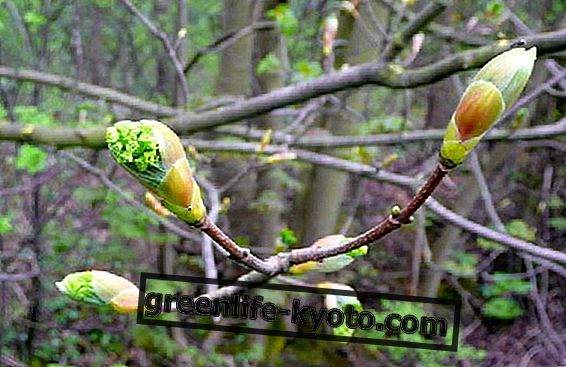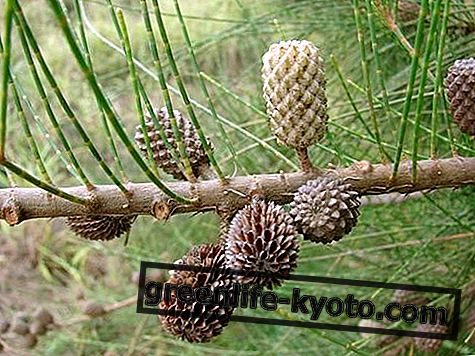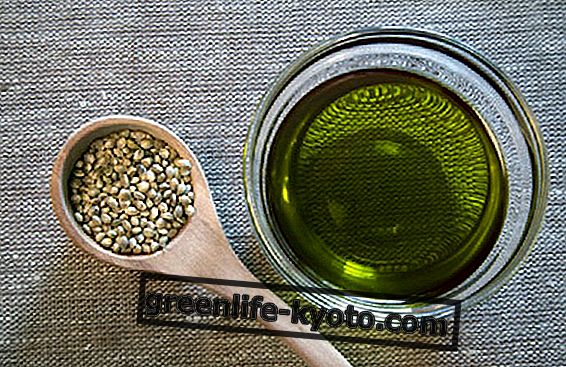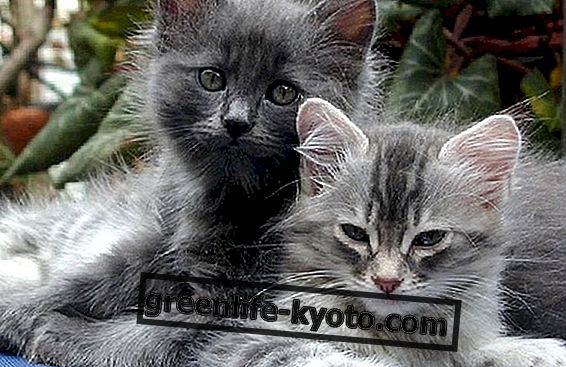
Ethnomedicines or traditional medicines are that body of complex and coherent medical theories and practices, coming from other cultural traditions. Examples of these systems are traditional Chinese medicine, ayurvedic medicine, Tibetan, Andean, African and ours medicine: traditional Mediterranean medicine. In the industrialized and evolved West traditional medical systems have been almost irretrievably destroyed or dispersed and the parts deriving from this dispersion have survived in some professions such as the herbalist, the phytotherapist, the healers of the rural tradition and those of the latest tribal societies.
Over time, every society has developed knowledge, ways of using substances, measures and practices that can be explained and explained, based on socio-cultural and religious foundations that characterize their community. This knowledge relies exclusively on lived experiences and on observations, transmitted from generation to generation orally and in writing, used to diagnose, prevent or eliminate an imbalance of physical, mental and social well-being.
Traditional medicine is therefore a set of techniques, diagnostic systems, a vision of man, of the body and of its functioning, which acquire their own meaning from their interaction, rooting themselves in the cultural devices of a specific community, which refers to this resource for treatment, and instead places the overall condition of the patient and his total existential and environmental situation at the center of the intervention.
The characteristics of ethnomedicines
The common characteristics of ethnomedicines that can be found together are the unavoidability between the technical and cultural dimension of therapy, the centrality of the spiritual dimension, the importance of experience and observation, the family transmission of knowledge and the holistic vision of health .
In fact, the set of theoretical and practical knowledge of traditional medicines is transmitted through a different, parallel learning system, sometimes in contrast to that of official or academic medicine, and whose fundamental constituent elements often date back to very ancient or earlier periods. 17th century scientific revolution.
Traditional treatments are based on the use of medicinal plants and natural remedies present in the flora or environment. In this regard it is interesting to note how plants that grow in a specific territory contain active ingredients suitable for treating pathologies, which can arise in the inhabitants who live there, with whom they share the same climatic and environmental factors.
The knowledge and skills of traditional therapeutic practice may not be immediately traceable to a "scientific" logic, which verifies its validity and truthfulness through experimentation and the rational method. In fact, although ethnomedicines resort to a system based on cause and effect, to identify the origin and reason of the pathological event, the interpretation given of the disease often refers to the spiritual dimension. In addition to the diversity of etiological mechanisms, traditional medicine is also distinguished from official medicine in terms of therapeutic efficacy, which in the case of traditional treatments frees itself from the ideology of objectivity and places itself on a level that could be defined as psychosomatic, as physical illness is interpreted as the visible manifestation of imbalances that exist between mind and body.
The holistic view of ethnomedicines
Man is inextricably linked to his mind and his environment . According to this principle, ethnomedicines are conceived conceptually and operationally for the prevention and treatment of diseases, with the aim of diagnosing and eliminating every psycho-physical and social imbalance of the individual. The disease is, in fact, conceived as the result of the rupture of a state of balance, internal to the individual or between it and the environment in which it lives, of which the physical pathology is the final effect; consequently the approach to the pathological event is articulated, complex in that it takes into account the dynamics of interaction between the different parts of the person and the context that surrounds it.
The holistic approach of traditional medicine contrasts with disinterested official medicine in the socio-cultural dimension of the sick subject and incapable of catching man in relation to the external environment, since it always interprets the disease as the consequence of natural dysfunctional causes bio-chemical type and treats individual organs separately as if they were the only ones responsible for the individual's illness.
The relationship between therapist and patient in ethnomedicines
A common element among the various ethnomedicines, or traditional medicines, is the sharing of the way of perceiving and depicting the world between the therapist and the patient: it is this relationship of coherent interrelation and understanding between the two subjects, making reference to the same imaginary and a shared socio-cultural vision of disease and the environment, to take on a fundamental importance in the treatment and effectiveness of traditional care.
The current situation of ethnomedicines
Since the 1970s, international health policy has become interested in ethnomedicines, progressively recognizing its importance as a therapeutic resource and accepting the important role of traditional therapists in satisfying health needs.
The idea behind such interventions has been to integrate traditional medicine into the national health system, though not without ambiguity but on the role to be attributed to it. The logic of integration, in fact, presupposes the fusion of the two systems of care, to the advantage of the conventional one, which is able to exert greater pressure on their relationship of force, with consequent assimilation or traditional therapeutic resources.












